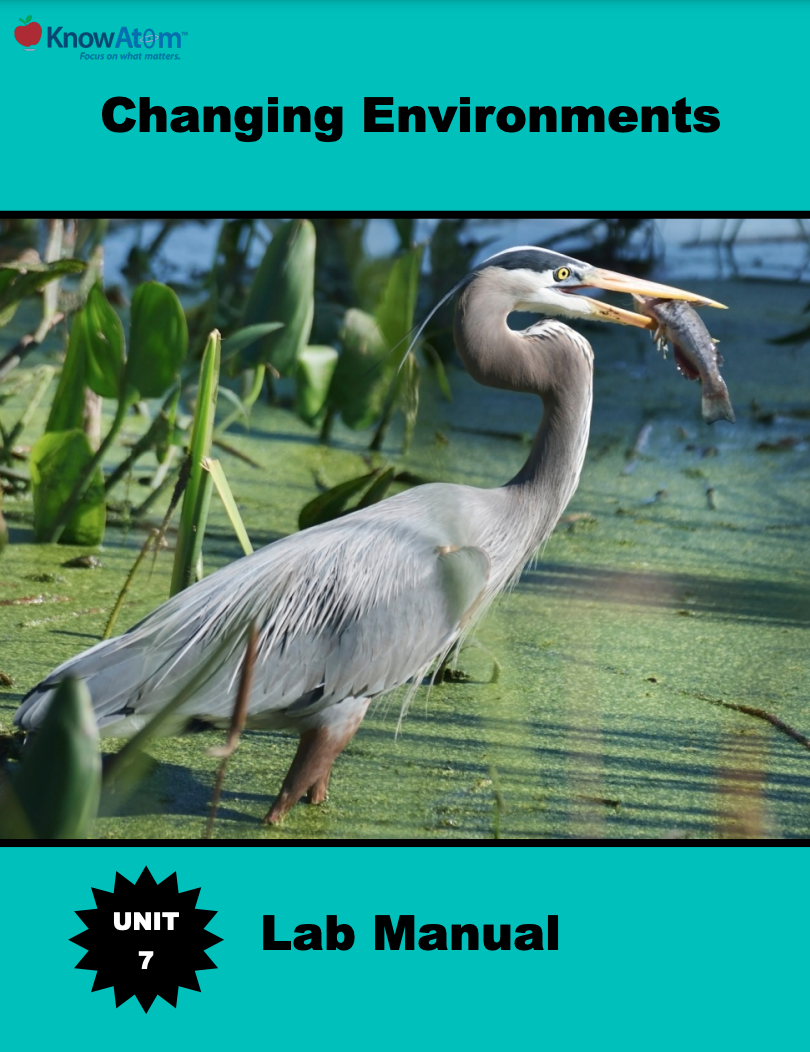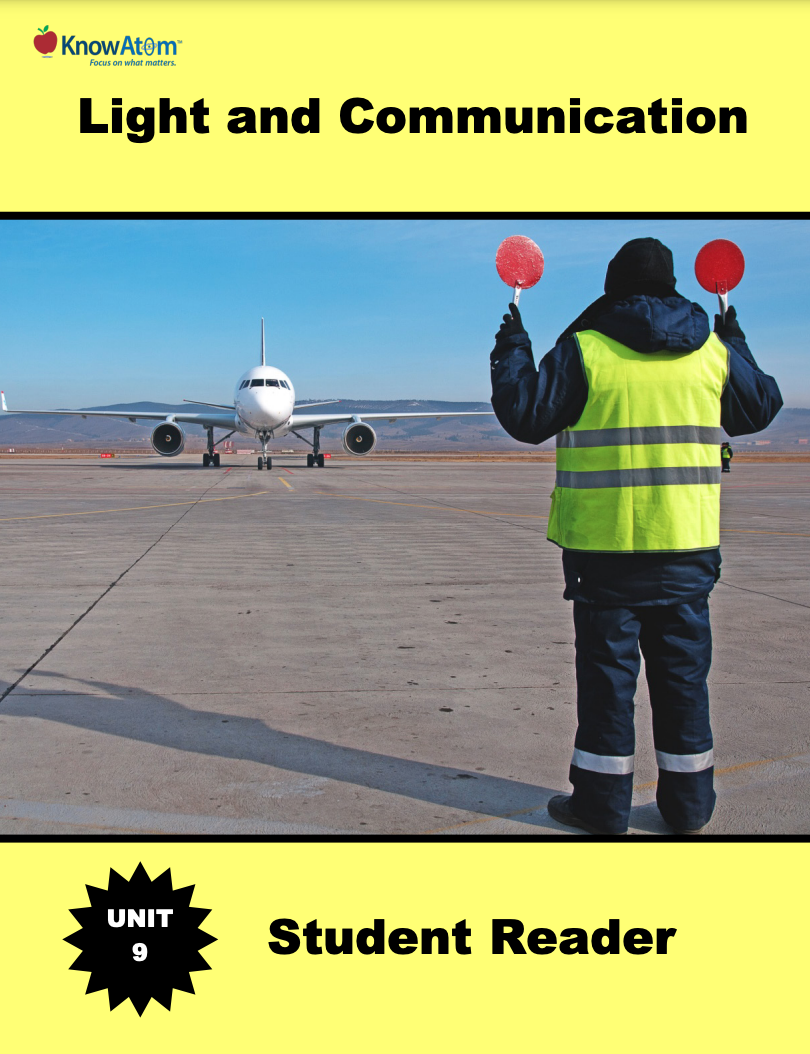
In this unit, students focus on animal populations, studying how all living things interact with and depend on other living things and the environment for survival. For this lesson, students explore how energy and matter move through a particular ecosystem’s food web and can be disrupted by the introduction of invasive species. This page highlights key components of this lesson.
.png)
In this unit, students focus on the phenomena of Earth’s ice as they model how glaciers shape Earth’s surface. In this lesson, they investigate how scientists use ice cores to reconstruct Earth’s past climates and environments. This page is a high-level extract of this lesson.
.png)
In this unit, students focus on phenomena related to Earth’s ice as they model how glaciers shape Earth’s surface, and investigate how scientists use ice cores to reconstruct Earth’s past climates and environments. In this lesson, students analyze how scientists can use the science phenomena of fossils in rock layers as evidence for past changes on Earth. This page showcases all the components of this lesson.
.png)
In this unit, students explore the phenomena of rocky shore ecosystems, studying the interactions between living things and the environment. In this lesson they focus on the science phenomena of how organisms interact with one another in an ecosystem. This page showcases key elements from this lesson.
.png)
In this unit, students explore the science phenomena of Earth systems as they interact. Students do this by discovering the importance of water for life on Earth. In this lesson, students figure out groundwater flow by exploring the porosity and permeability of different Earth materials. This page is a high-level extract of this lesson.

In this unit, students build on what they know about the science phenomena of energy transfer to focus on information transfer and how different technologies use patterns of sound, light, or numbers to transmit information. This page showcases key components of this lesson.
.png)
In this unit, students focus on the properties of different kinds of waves and the relationship between waves and energy. In this lesson, students design a simple seismograph using what they know about the properties of seismic waves produced by earthquakes. This page is a high-level extract of this lesson.

In kindergarten, students begin to develop the practices that scientists and engineers use to help them answer questions and solve problems. This page is a high level extract from lesson 3, where students carry out an experiment to determine how heat affects water in a solid form (ice).

In kindergarten, students work towards developing routines and practices that scientists use to investigate phenomena and solve problems. This page is an extract from lesson 5 where students build on their weather observation skills as they observe and record local weather data to analyze weather patterns in their geographic area. Students continue to collect weather data over several months as they move onto the next lessons to build on their weather patterns analysis.

In kindergarten, students begin to develop the practices that scientists and engineers use to help them answer questions and solve problems. Students ask questions, make observations, and collect data as they explore weather patterns on Earth and investigate how different Earth materials are heated by the sun.

In the second unit of Kindergarten, students explore life on Earth. They begin by exploring what makes something a living thing, and then investigate what plants and animals need to survive. To begin their study of life science, students make observations and construct explanations about those observations to explore the characteristics that all living things have in common.

In Unit 2 of Kindergarten, students explore characteristics of living things and investigate what plants and animals need to survive. They will also discover plant and animal life cycles, and learn about habitats. This page is a high-level extract from lesson two, where students use patterns of shared characteristics to help them sort photos of different things into groups according to whether they are living, once-living, or nonliving.
Standards citation: NGSS Lead States. 2013. Next Generation Science Standards: For States, By States. Washington, DC: The National Academies Press. Neither WestEd nor the lead states and partners that developed the Next Generation Science Standards were involved in the production of this product, and do not endorse it.
